Smart Home for Beginners: Easy Step-by-Step Setup Guide
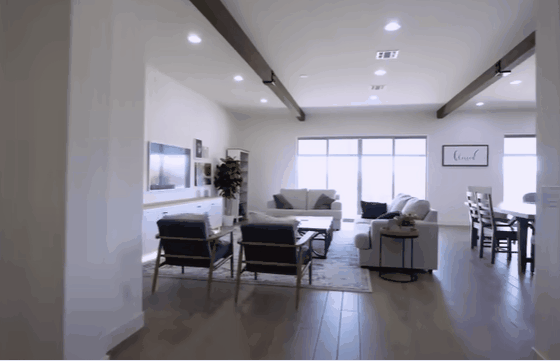
Imagine a house that works nonstop in the background—adjusting lights, vacuuming floors, even cleaning rugs and carpets—without you doing anything. Smart homes are a useful reality meant to simplify your life, not a futuristic dream.
Customizable solutions let you design a dependable, invisible, and easily included home into your daily schedule. From a sensor-triggered robot vacuum keeping your floors immaculate to a basic voice command running a relaxing bath, there are endless opportunities. This guide will help you create a smooth, reliable smart home that suits your needs and lasts for years.
RELATED 1: Google's Ecosystem: Game-Changer or Just Hype?
RELATED 2: Top Smart Doorbell Cameras Reviewed
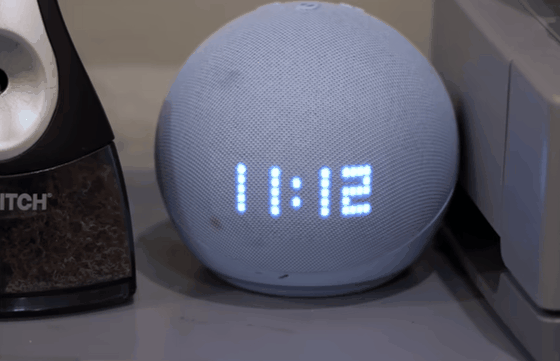
Three Key Goals for Your Smart Home
Smart homes are no longer a futuristic concept: they’ve become a practical way to enhance daily living. Drawing on years of hands-on experience, experts have distilled the ideal smart home into three core objectives:
- Invisibility: Smart home should be invisible working so seamlessly in the background that you forget it's even there.
- Reliability:The goal of smart home is to create a system that remains robust and efficient over time.
- Family Friendly:Anyone living in your house or guest visiting should not be annoyed by your smart home.

How You Can Take Control of Your Smart Home?
Multiple control methods can be combined to create a harmonious smart home experience. Here are some popular options:
1.Voice Control
- Voice commands are convenient for tasks like playing a movie or receiving notifications. Use voice commands selectively for simple tasks.
RELATED: Voice Assistant Showdown: Who is Your Best Smart Home Companion?
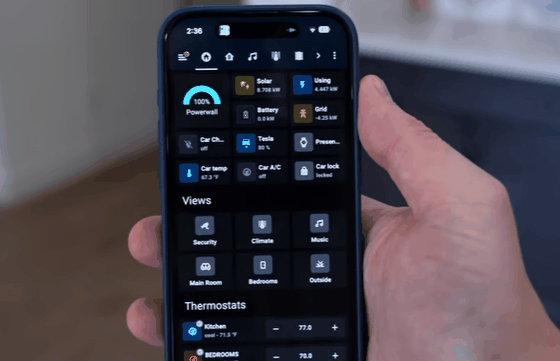
2.Unified Dashboard
- A dashboardthat combines all your smart devices so they're organized in one spot you canquickly access them on your phone or family members can control things on a shared tablet.

3.Sensor Automation
- Sensors are pivotal in rendering your smart home ‘invisible,’ seamlessly adjusting to your daily activities, such as walking.
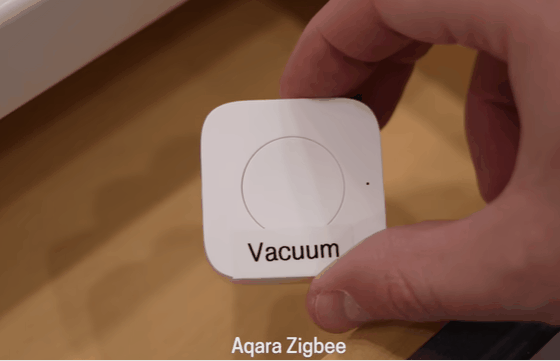
4.Smart Buttons
- For scenarios requiring immediate action (like activating a robot vacuum in the bathroom), smart buttons offer a quick and simple solution. They’re ideal for less predictable events where a sensor might not suffice and where a full dashboard isn’t practical.

How to organize your smart home system?
1.Customizable Systems Ensure Superior Performance
- Ease of Use ≠ Practicality: While simple systems like Amazon are easy to navigate, their limited functionality falls short of addressing complex needs. Advanced systems, though requiring a steeper learning curve, offer deep customization, seamlessly.
2.Pick the Perfect Sensors and Devices for Your Smart System--system
- Wi-Fi: Widely understood and convenient, though it can strain your network if not properly managed.

- Zigbee: Offers a broad selection of affordable and reliable devices.
- Z-Wave: Known for stability, with a more limited range of devices.
- Thread: An emerging protocol that builds its own mesh network, though it’s still in development.
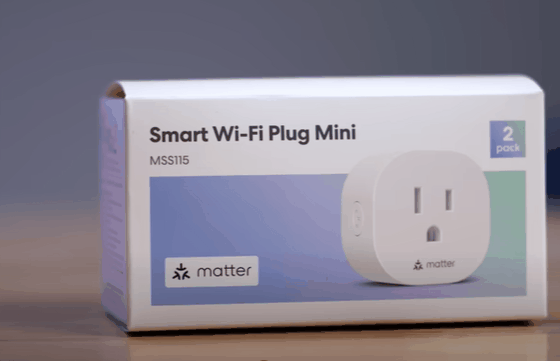
How to Choose the Perfect Match for Your System?
1.Start with Matter
- Matter is the new standard that ensures all your smart devices work together. It's definitely worth considering for seamless integration across your smart home.
2.Wi-Fi is Also Crucial
- With a solid router, multiple access points, or a reliable mesh system, your Wi-Fi devices will stay connected and run smoothly without relying on the cloud—giving you more flexibility and reliability.
RELATED: Voice Assistant Showdown: Who is Your Best Smart Home Companion?

How to Automate for Simplicity?
Make sure all your devices work together through automations on your chosen platform. Start small, automate one task at a time, and let your smart home run effortlessly, without all the hassle.
- Start Simple: Focus on essential automation using sensors and centralized dashboards.
- Plan for Expansion: Gradually integrate more advanced automations as you gain confidence.
- Keep It Reliable: Invest in quality devices and a solid network infrastructure.
RELATED 1: Transform Your Indoor Air: Top-Rated Air Purifiers for Cleaner, Healthier Living
RELATED 2: Top 8 Vacuum Cleaners for Every Situation, Tested by Cleaning Experts

